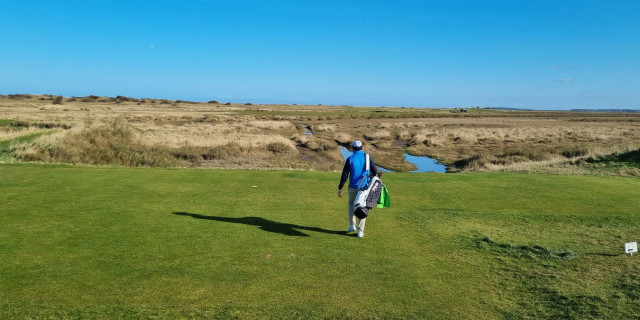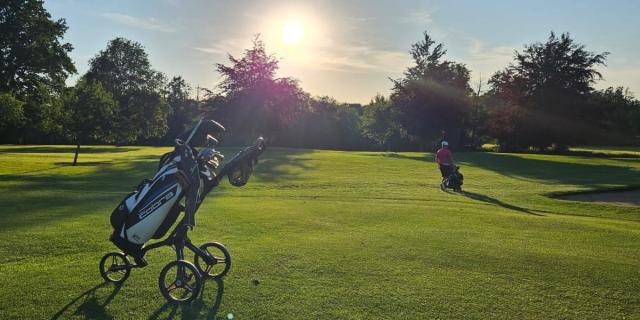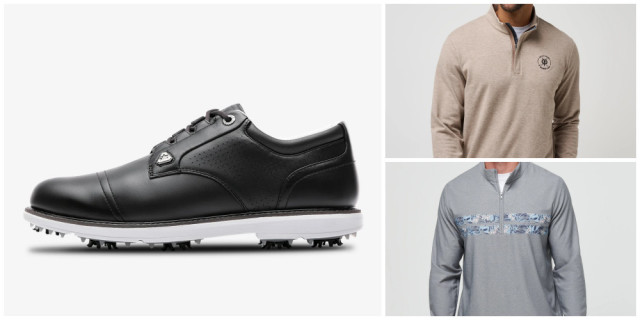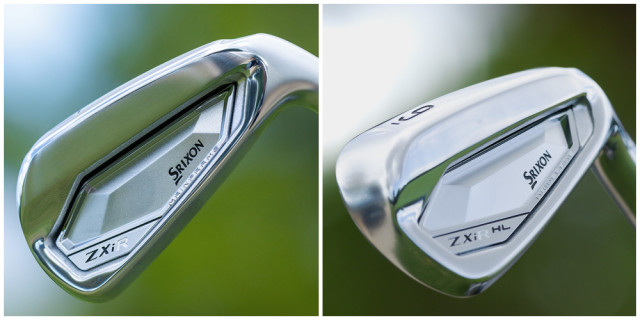
Custom Fitting - Why the putter is all important!
Neil Cooke is a Professional Clubmaker and the Tour Technician on the European Seniors Tour and Golfshake is lucky enough to have Neil writing a blog on Golfshake to give the inside view on a professional golf tour.
Neil's got over 30 year experience in club fitting, club making and was the Technical Director at Golfsmith Europe. He's considered an expert in his field and regularly writes technical articles for various golf publications and runs Golf Technical Services supporting the European Seniors Tour.
We have all been custom fitting golf clubs for many years now, and as the years have passed methods have become more and more sophisticated. Many pros and golf shops use a combination of launch monitors, simulators and screw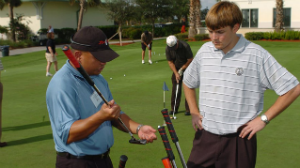 together trial clubs. These advances are fantastic for fitting woods and irons but the one club that gets overlooked is probably the most important. A golfer usually buys a new putter after a few strokes on an artificial green that doesn’t resemble the conditions of the greens the customer normally plays on. It is bought, put in the bag and used without being fitted for length, lie, loft and grip.
together trial clubs. These advances are fantastic for fitting woods and irons but the one club that gets overlooked is probably the most important. A golfer usually buys a new putter after a few strokes on an artificial green that doesn’t resemble the conditions of the greens the customer normally plays on. It is bought, put in the bag and used without being fitted for length, lie, loft and grip.
Fitting a putter doesn’t have to involve a lot of expensive equipment, but with a little time and effort there are big improvements for the customer and a decent profit for the golf professional.
I believe that one of the major alterations to be made is club length. Usually a golfer will pick up a putter and adapt their technique to suit to putter length, not have the putter cut to the length that is correct for them. Traditionally putters were made to a standard 35” but in recent years manufacturers have moved more to a 34” standard, but this in many cases is still far too long. Most golfers use putters that are too long, the right length putter will put them in the correct posture, with feet the shoulders width apart, arms hanging straight and eyes over the ball. The more angles created in the wrists and elbows created by an overly long putter, the more chance theses angles will breakdown within the stroke. The simple way to fit length is with an uncut putter, so that the golfer isn’t forced into adapting their set up to match the existing length. If the putter is too long then the eyes are inside the ball and outside if the putter is too short. Roll a few putts to establish the correct length then mark 1” above the top hand and cut to length.
The lie of the putter is determined by the length but is not as critical as when fitting irons due to the minimal loft. It is however beneficial to helping a repetitious set up. Lie is critical when fitting both belly and chest putters if turf scraping is to be avoided
The optimum loft is normally 3.5 – 4 degrees, loft is required to minimise the skid zone created between the transition from backspin and over spin. Loft is also affected by the golfer’s hand position at impact, so take their technique into consideration too. The quicker the ball gets through back spin and into top spin the better the putt will roll.
Total weight is more important than swingweight when fitting putters. If a putter is shortened then there is a necessity to replace lost weight by using a heavier shaft, adding weight to the head or by back weighting in the grip. Light putters may feel good but heavier putters force the larger muscle groups to control the putt.
There are a million and one grip styles, it generally comes down to personal preference but the larger grips quieten overly active hands but may compromise feel.
Head design is also crucial the golfer, the club must look good behind the ball or negative thoughts can creep in. Beauty is in the eye of the beholder so there are no hard and fast rules, just personal opinion. However, face balanced heads are not for everyone, this design is good if the stroke is straight back straight through, but if the golfer employs an arched stroke, inside,square, inside, then a heel shafted putter is a better choice.
Why is it that the one club that requires the most feel is rarely custom fitted or customised?
Image credit - PGA of America
To find out more about Neil Cooke and Golf Technical Services or for further information on club fitting or how the Tour truck could visit your event or Corporate day visit www.technicalgolfservices.co.uk
Related articles
The perfect time to MOT your clubs
Tags: top tips Neil Cooke custom fitting custom fit

